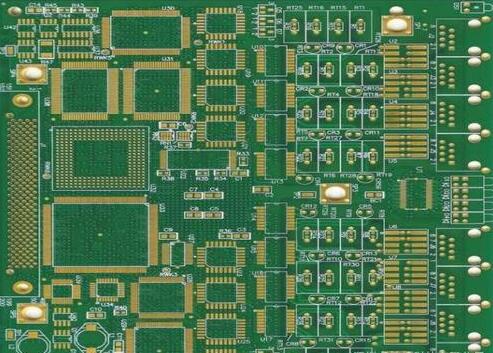Importance of tin-lead solder alloys in PCBA
So when it comes to PCB circuit boards, we must not forget the important role of accessories. Currently the most commonly used tin-lead solder and lead-free solder. The most famous among them is 63Sn-37Pb eutectic tin-lead solder, which is the most important electronic soldering material for nearly a century.
Because tin has good oxidation resistance at room temperature, it is a low melting point metal with soft texture and good ductility: lead is not only chemically stable, oxidation and corrosion resistance, but also a soft metal with moldability, castability, and lubricity. Good, it is easy to process and shape: Lead and tin have good mutual solubility. Adding different proportions of lead to tin can form high, medium and low temperature solders for various purposes, so as to meet the requirements of various difficult SMT patches. In particular, 63Sn-37Pb eutectic solder has excellent electrical conductivity, chemical stability, mechanical properties and manufacturability, low melting point and high solder joint strength. It is an extremely ideal electronic soldering material. Therefore, Sn can be combined with Pb, Ag, Bi, In and other metal elements to form high, medium and low temperature solders for various applications.

1. The basic physical and chemical properties of tin
Tin is a silver-white shiny metal. It has good oxidation resistance at room temperature and can maintain its gloss when exposed to the air: its density is 7.298g/cm2 (15°C), and its melting point is 232°C. It is a soft and extensible texture. Low melting point metal with good properties.
1. The phase change phenomenon of tin
The phase transition point of tin is 13.2°C. When the temperature is higher than the phase transition point, it is white B-Sn; when the temperature is lower than the phase transition point, it becomes powdery. When the phase change occurs, the volume will increase by about 26%. The low-temperature tin phase change will make the solder brittle and almost lose its strength. The phase transition rate is the fastest near -40°C, and when it is lower than -50°C, metallic tin becomes powdery gray tin. Therefore, pure tin cannot be used for electronic assembly.
2. The chemical properties of tin
1. Tin has good corrosion resistance in the atmosphere, is not easy to lose its luster, and is not affected by water, oxygen, and carbon dioxide.
2. Tin can resist the corrosion of organic acids, and for neutral substances, it has higher corrosion resistance.
3. Tin is an amphoteric metal, which can react with strong acids and alkalis, and cannot resist the corrosion of substances such as chlorine, iodine, caustic soda, and alkalis. Therefore, for those assembled boards that are used in acidic, alkaline, and salt spray environments, three-proof coating is required to protect the solder joints.
There are advantages and disadvantages. This is the two sides of one thing. For PCBA manufacturing, how to choose suitable tin-lead solder or even choose lead-free solder according to different products must be considered in quality control.